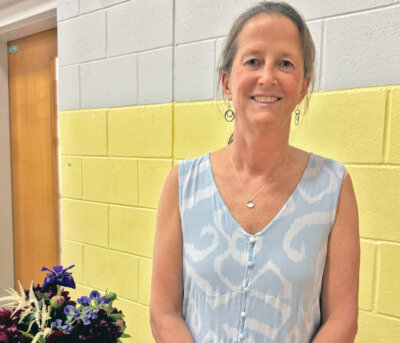Commissioner of Taxes Releases FY2019 Education Yield Letter
On Nov. 30, Commissioner of Taxes Kaj Samsom released his annual education tax rate letter, which forecasts an increase of 9.4 cents per $100 of assessed valuation for both homestead and nonresidential taxpayers for the upcoming fiscal year (FY) 2019.
This translates to about $235 per year on a $250,000 property. The median tax bill for homesteads, nonresidential properties and resident households who pay based on income is forecast to increase by 7.32 percent.
Samsom emphasizes that the projected rate increase is not inevitable. “Local voters have the final say on what they see on their property tax bills,” Voters, he said, should keep in mind two basic principles. “First, the local homestead education tax rate is determined by your district’s per-pupil education spending, not the total spending or budget. Second, those who pay based on income will generally see the same proportional change to their tax bills because of education spending decisions as those who pay based on property.”
The projected 9.4 cent average increase in education property tax rates, according to Samsom, is primarily being driven by an anticipated 3.52 percent increase ($47.5M) in education spending statewide. However, any district that can keep its per-pupil spending growth flat or modest will experience a much less severe increase to its education tax rate than the average.
In aggregate, if all districts can arrive at a per-pupil spending growth rate that is no higher than state economic and wage growth (roughly 2.5 percent), homestead and nonresidential tax rates could be much lower than projected.
Jeanne Jenson, the Champlain Valley School District’s chief operating officer, in an email to The News, said, “It’s important for [voters] to know that almost half of the projected 9.4 cent increase is due to the Legislature’s choice to use one time money—including reserves—to fund the state Education Fund last year. About 4 cents of the 9.4 cents is required just to restore the fund reserves to statutory levels. The rest of the increase is based on a projected 3.5 percent increase in spending on declining enrollment. The budget the CVSD board is working on currently includes a 2.3 percent increase on level enrollment. Finally, taxpayers should remember that we will be receiving the second year of our district consolidation tax incentive, which will provide CVSD tax payers with an 8 cent reduction on their tax bill.”
Additional resources for understanding education tax rates are at the Vermont Department of Taxes and from the Vermont School Boards Association.
Related Stories
Popular Stories
If you enjoy The Charlotte News, please consider making a donation. Your gift will help us produce more stories like this. The majority of our budget comes from charitable contributions. Your gift helps sustain The Charlotte News, keeping it a free service for everyone in town. Thank you.
Andrew Zehner, Board Chair








